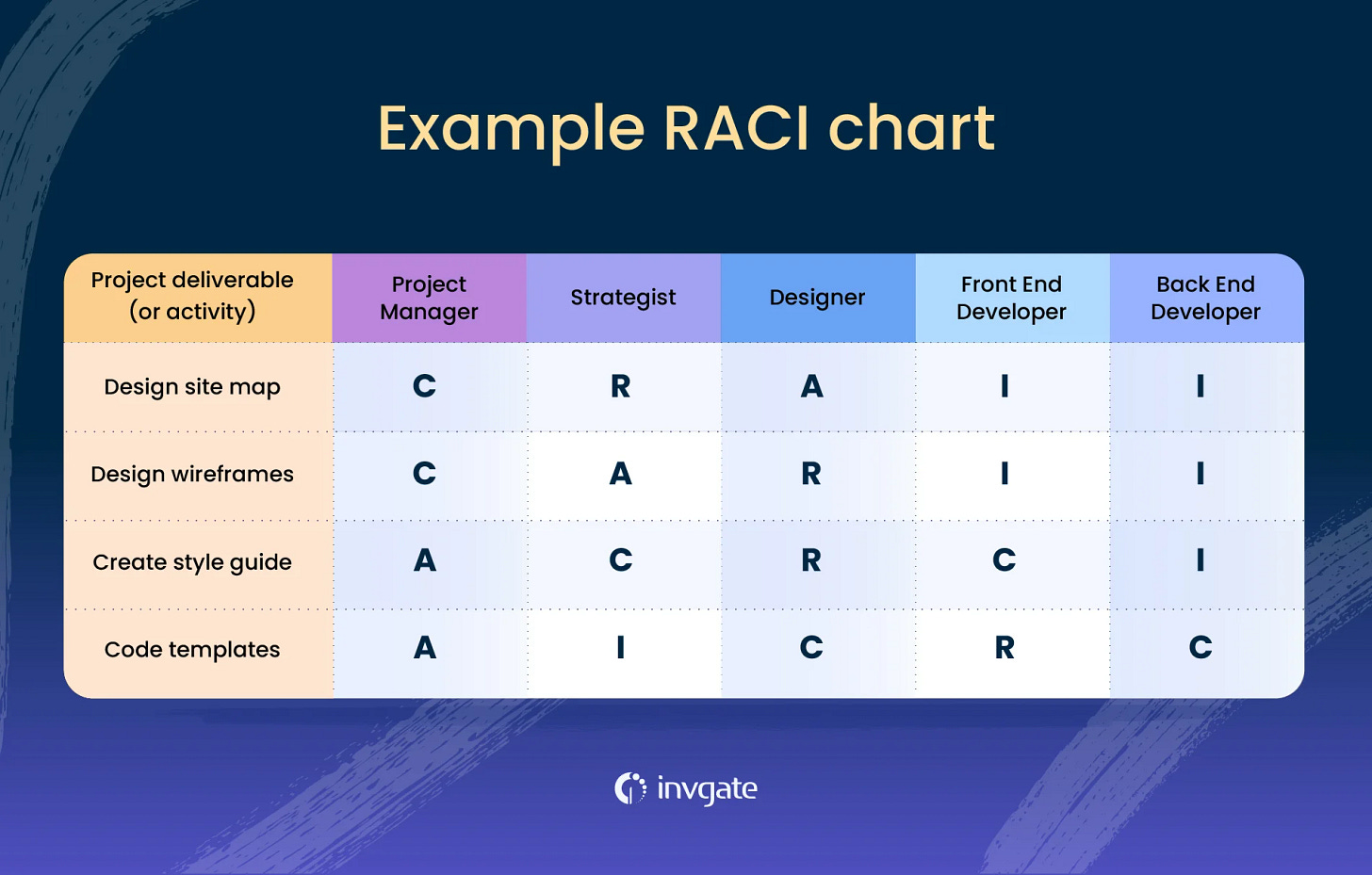427. Who owns "how you sell" 🤨
The many different ways to assign go-to-market strategy within a business
Hi there 👋
A TV show that has stuck with me is WeCrashed, Apple TV’s story of the rise and fall of Adam Neumann, founder of WeWork. Maybe it was the slippery slope of VC-backed tech that got me, maybe it was WeWork’s what-planet-are-you-on mission statements and the damage of their hubris. Maybe it was the free kombucha! At any rate, I was at a WeWork this week and it was just as unique, familial, and experiential as TV would make it seem. I even had kombucha!
Wishing you a great week ahead,
Kevan
(ᵔᴥᵔ)
Thank you for being part of this newsletter. Each week, I share playbooks, case studies, stories, and links from inside the startup marketing world and my time at Oyster, Buffer, and more.
Say hi anytime at hello@kevanlee.com. I’d love to hear from you.
Who owns “how you sell”
One of the great things about early-stage startups is that there is a ton of room to influence what your company becomes.
Mostly because there is more stuff to do than there are people to do it. :)
That includes go-to-market design — the “how you sell” question of pricing and packaging and feature development and channel strategy. All of those things must blend together to create your unique motion. But who does the blending?
Typically, these are the stakeholders:
CEO / COO / founders
Product team
Marketing team
Sales team
Growth team
Finance / Business Operations
Most teams — possibly early-stage, definitely late-stage — have these functions.
But all these functions might have different opinions!
Essentially what you’re trying to decide with the “how you sell” question is this collection of puzzles:
___ what problem are we solving and who are we solving it for (product/market fit)
___ how do these people like to be sold to (channel/market fit)
___ how does your product make sense to be sold (product/channel fit)
For example, you could choose to build a product for People Ops professionals that helps them onboard new hires more effectively. You could understand that People Ops professionals prefer to buy products that their communities recommend and to have the ability to speak to someone before signing on the dotted line. And you may have built the product in an existing software ecosystem where it’s easy to sign up and receive instant value. All this would lead you to a Product-Led Growth motion with consultative sales or CS.
Seems easy enough, right?
The challenge comes when each of these three puzzles has a different puzzle solver and all the puzzle solvers go off in disparate, unreconcilable directions.
The other challenge is if you assign a single puzzle solver who does not have influence over all parts of the puzzle — like a marketer dictating product strategy!
There is no one, right answer to ownership of “how you sell.” But I’m happy to share how I have approached it.
How has it looked for you?
Here’s my take:
1. For early-stage companies, decisions should lie with founders and product teams
Founders clearly started the company conviction about the product and the market. The product team is one of the very first teams you need to build — no product, no business. Since the two are inextricably tied together at the start — product and business — the people with the most context and influence and vision should be the ones making the decisions. Layering in sales and marketing leaders at this stage are good for scale, but they should be amplifying and optimizing an existing “how you sell” hypothesis rather than creating from scratch.
2. For later-stage companies, decisions should lie with sales, marketing, or growth teams
At a later-stage, the product-market fit question is really no longer a question at all. You may seek product-market fit again if you expand your product suite, sure, but the primary questions for go-to-market design are around flywheels and next gears of growth.
The specific ownership here comes back to how the business has been oriented to this point. If you are fully sales-led, then the sales leader will take the reins. If you are fully PLG, then marketing or growth teams will take the lead.
3. When in doubt, make a RACI
Actually, always make a RACI :)
RACI stands for: who is Responsible, Accountable, Consulted, and Informed. You build it in a neat little grid like this:
In the case of our “how we sell” project, you’re looking for:
Who’s responsible for making sure the decision happens
Who’s accountable for the outcome of the decision
Who needs to be consulted
Who needs to be informed
Typically the most important buckets are Responsible and Consulted. You can think of Responsible as the puzzle solver and the Consulted as all the functions from above that are not puzzle solvers.
For instance, at early-stage companies, the product leader may be Responsible for the “how we sell” decision, and a team like Marketing would be Consulted heavily because of their expertise in market research and channel strategy and acquisition.
Over to you
What does “how you sell” ownership look like at your company?
About this newsletter …
Hi, I’m Kevan, a marketing exec based in Boise, Idaho, who specializes in startup marketing and brand-building. I previously built brands at Oyster, Buffer, and Vox. Each week, I share playbooks, case studies, stories, and links from inside the startup marketing world. Not yet subscribed? No worries. You can check out the archive, or sign up below:
Thank you for being here! 🙇♂️
I’m lucky to count folks from great brands like these (and many more) as part of this newsletter community.




